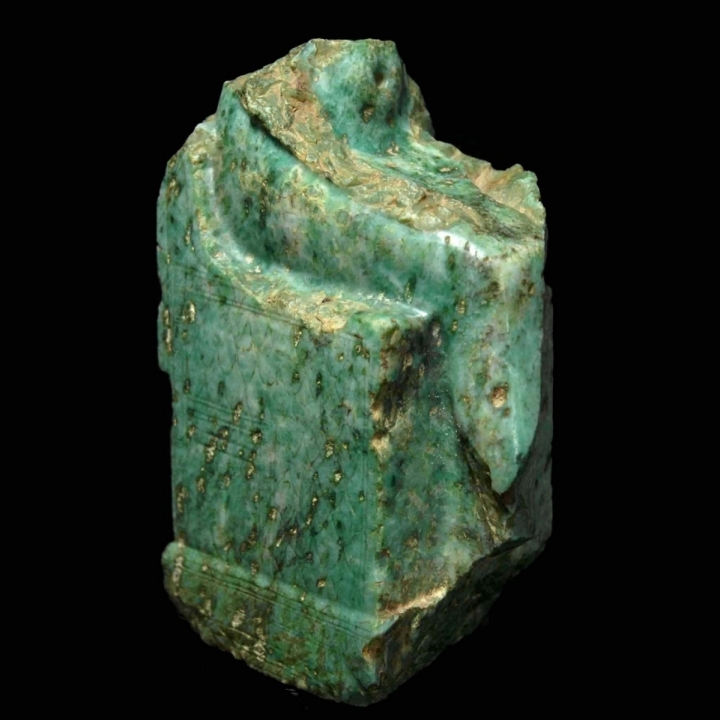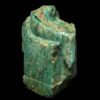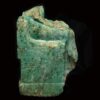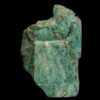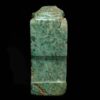Rare Anorthosite Gneiss Statue Fragment of a Pharaoh
Culture: Egyptian
Period: New Kingdom, end of 18th dynasty, 1388-1345 B.C.
Material: Anorthosite gneiss
Dimensions: 15.2 cm x 10.5 cm
Price: Sold
Ref: 1368
Provenance: French private collection Garcin, acquired between 1930 and 1950. Thence in a Parisian private collection. Accompanied by a French antiquities passport.
Condition: Fragment without any restoration.
Description: Extremely rare fragment of a statuette made of anorthosite gneiss, which was only mined in the Old Kingdom and was reused in later times, as in this case. The present object is the remains of a seated statue of a king, possibly Amenhotep III. The ruler is seated on an almost completely preserved throne, decorated on all three sides, dressed with a knee-length apron and a prominent round belly. Furthermore, his lap, parts of his legs and the arms resting on his lap have been preserved. The side walls of the throne are decorated with scales (referencing to the falcon), and in each corner at the back is the symbol for reunification (“Semataui”) of Upper- and Lower Egypt. This is in close connection with the ruling dynasty. The lower end, typical for a throne, is formed by a frieze with ankh signs (symbol for eternal life) alternating with two opposing was sceptres (symbol of power). The back is divided in two. In the upper part, the area of the backrest, there is a falcon deity, possibly Re-Harachte with a sun disk on the head, the shen ring (symbol for eternity and the divine protection of the king) in the claws and spread out wings each with papyrus and feathers. In the lower part the reunification of both halves of the country can be seen, but in greater detail. Two Hapi figures wrap the emblematic plants of Upper- and Lower Egypt, the lotus and papyrus around the trachea of an animal. Due to the material that was no longer mined in the New Kingdom and the decoration of the throne, which clearly emphasizes the reunification of the two countries, it is a rare and important fragment of a seated pharaoh.



